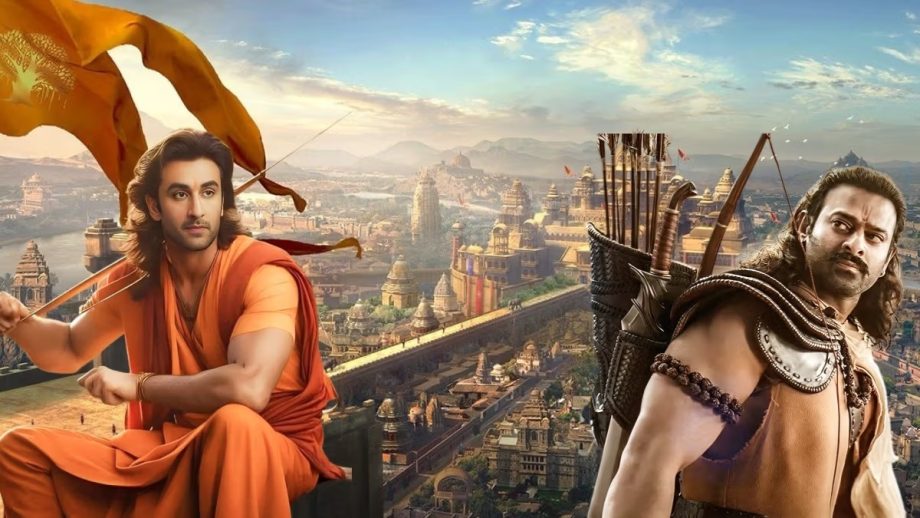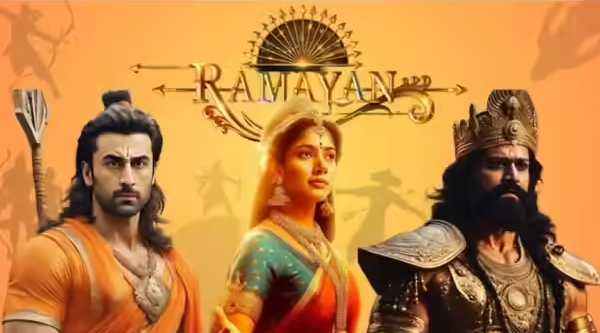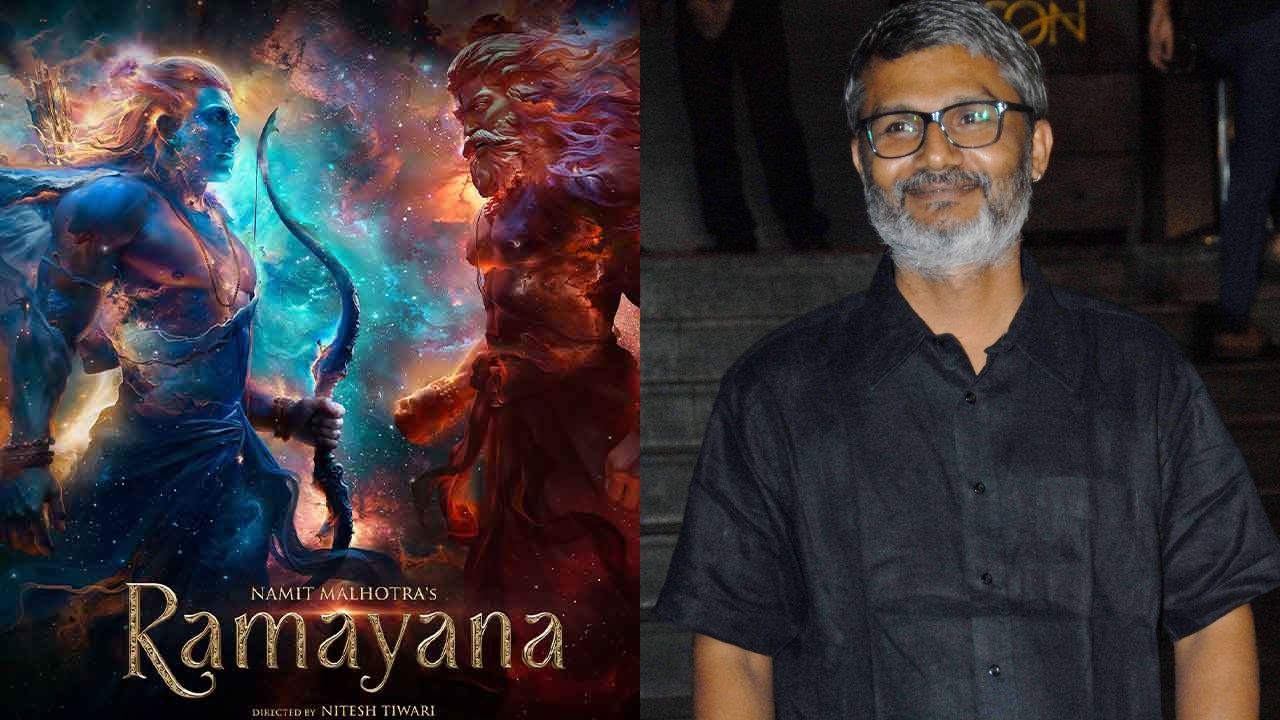Ramayana carries emotion. Emotion that hurtles through all of us, Indians, mostly. An epic that transformed your values, your conscience and your ideals. Countless times, we have seen storytellers plucking concepts from Ramayana, theorising it and threading it with newer philosophies and perceptions.
And when such talks take over the table, it stimulates us to the past. We go on a rewind. The young generation might not relate to the nostalgia that rings through our ears, but the millennials and the generations before; we understand the source of the maelstrom. Yes, I am talking about the DD National’s Ramayana. The Arun Govil embodiment.

The trio of Arun Govil, Deepika Chikhalia and Sunil Lahri remains as the divine breakthrough of the epic; in its visual terminologies. Nothing over the top, just intentions. Intentions to reflect the epic in its truest form. People listened.
Which is why, today, as Nitesh Tiwari‘s high-budget cinematic retelling looms on the horizon, we’re compelled to ask—is it truly necessary to mount this sacred tale on a scaffold of spectacle?

The comparisons have begun. Bold declarations have been made. “No less than Avatar or The Lord of the Rings,” says the producer. It’s tempting to borrow the West’s cinematic grammar; the immersive world-building, the technical flourish, the digital wizardry. But must our storytelling be validated through a Western lens to be called ambitious?
The truth is—cultures differ.
Myths breathe differently across geographies. The Lord of the Rings is a fantasy born of medieval European lore. Ramayana is living scripture. Its sanctity cannot be recreated by CGI alone. It demands emotional clarity, not just technological ambition. If the makers place their bet solely on visual grandiosity, they may end up marketing noise instead of meaning.
We have walked this path before. Adipurush arrived with similar thunder. Motion capture, VFX claims, global benchmarks, it promised a revolution. What followed was a cautionary tale in excess. A mismatch between intent and execution. Between myth and market.
That is the tightrope Ramayana must now walk. Ranbir Kapoor as Lord Ram, Sai Pallavi as Sita, and Yash as Ravana, this is no small cast. Backed by Prime Focus and helmed by a director as respected as Nitesh Tiwari, the film certainly has the bones of a legacy project. Shot entirely in 3D, with cutting-edge motion capture and global production values, it wants to be the definitive Indian mythological spectacle.
The younger generation may respond to scale. The pan-India rollout in multiple languages might drive the numbers. But if heart and honesty are sacrificed at the altar of hype, history will not be kind. Instead of seeking to rival The Lord of the Rings, perhaps the makers should reflect more deeply on Adipurush. The lesson there is simple: no amount of VFX can substitute for soul.
What made the 1987 Ramayana eternal was not the production value, it was the purity of its telling. A nation sat still each Sunday morning, not for entertainment, but for darshan. That reverence cannot be rendered; it must be earned.
So yes, we await Nitesh Tiwari’s Ramayana. With curiosity. With hope. But also, with caution.
Let it not be a race to outdo the West. Let it be a return, well, to the essence.

